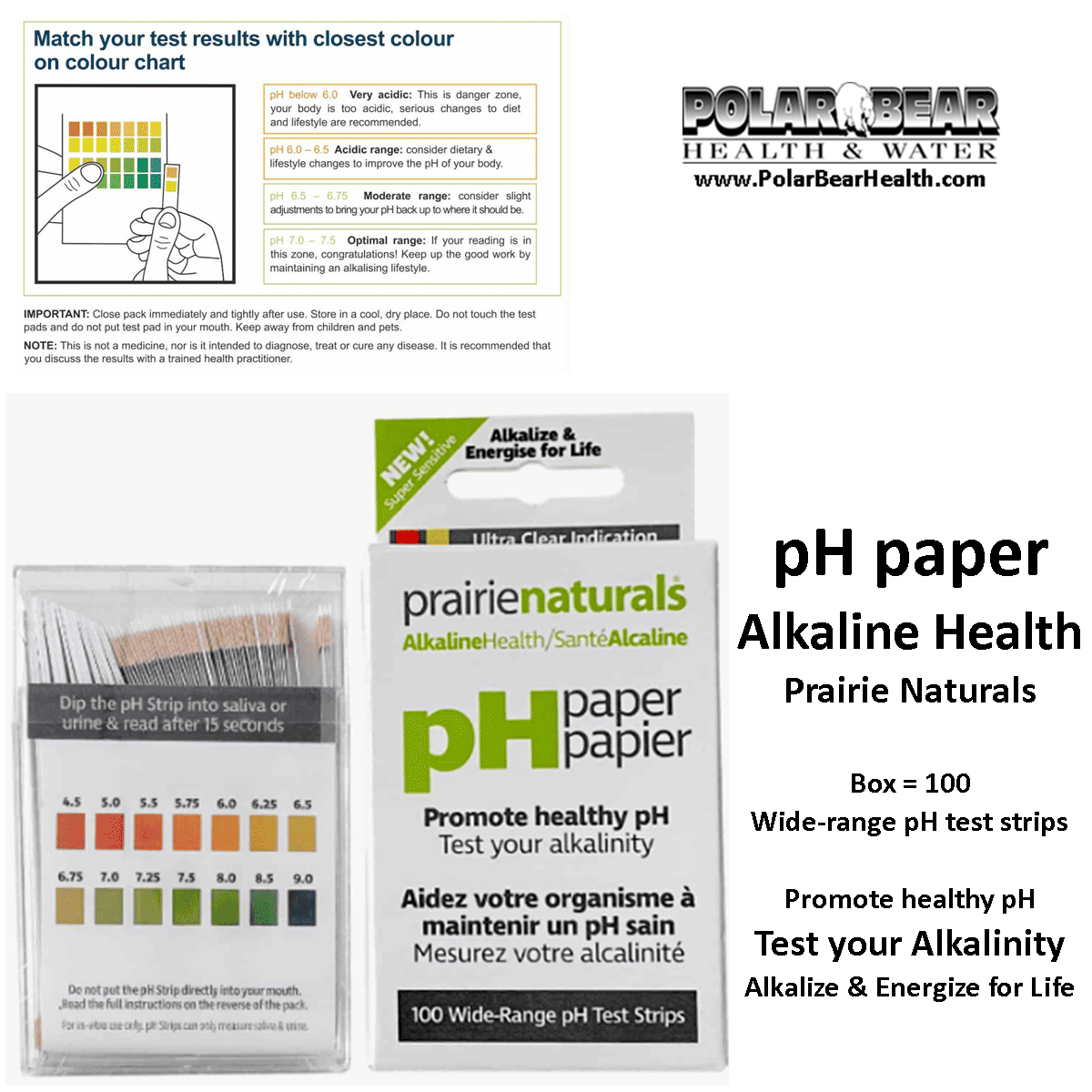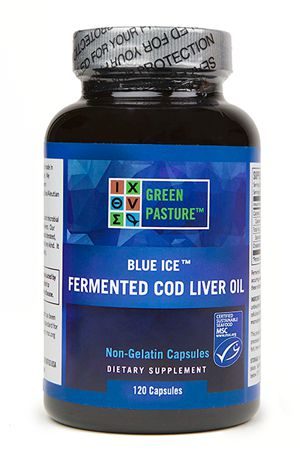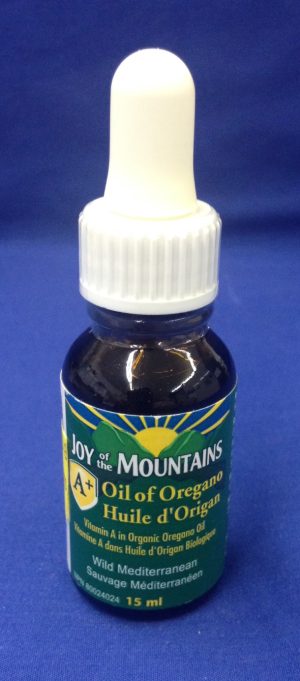pH Test – 100 wide-range Test Strips -Prairie Naturals
TEST YOUR pH LEVELS AT HOME WITH pH PAPERS FROM PRAIRIE NATURALS
Are you to acidic? Easily find out so that you can take proper and prompt action. Prairie Naturals pH Papers test for alkalinity.
- Easy to read pH Papers changes colour depending on your pH levels, simply read the instructions to determine what your colour means.
- Measure your acid/alkaline balance
- Colour coded
- Scale of pH runs from zero (acidic) to 14 (alkaline)
- Ideal for monitoring the effects of a healthy diet
Frequent pH testing helps you know when you are too acidic. If the pH of your urine is below 6.5, you don’t have sufficient alkaline mineral reserves to buffer the acids that lead to osteoporosis and many other diseases.
The term “pH” stands for “potential of hydrogen” and measures hydrogen high in concentration of a solution. It is a measure of the relative acidity or alkalinity of a solution. The pH level indicates the body’s acid/alkaline balance and tells the health of an individual.
Made by: Prairie Naturals – Prairie Naturals also offer a’ line of supplements includes active and high potency combinations of nutrients & herbs for a variety of different therapeutic applications.
**Test strips are for testing saliva pH and urine pH. Not for testing pH of water.
How to Use:
Test your pH with your saliva or urine first thing in the morning, one hour before a meal or two hours after eating.
1. Place the pH paper in contact with a sample of your saliva or urine.
2. Once the saliva/urine makes contact with the pH paper, immediately compare the paper’s colour to the colour code provided of the pH dispenser.
Saliva: Before brushing your teeth, fill your mouth with saliva and swallow; repeat, then spit directly on the pH test strip. This three-step process will ensure a clean saliva sample. Measure your saliva pH in the same manner again later in the day, at least two hours after eating.
Urine: Collect a small sample of your first morning urine in a clean glass container; dip the pH strip in the container.
Match your strip to the associated color on the package of pH papers to determine your body pH. Ideally your pH strip should turn the same color matched with 7.2 to 7.4 on the package (usually dark green or bluish depending on the brand of pH papers you purchase).
What’s normal?
If the pH of your saliva stays between 7 and 7.4 all day, your body is functioning within a healthy range. If your urinary pH fluctuates between 6 to 6.5 in the morning and 6.5 and 7 in the evening, your body is within a healthy pH range. First morning urine should be slightly more acidic as you eliminate waste accumulated throughout the night. Continue to measure your pH daily if your values are abnormal, otherwise testing once a week will suffice.
Enjoy life again! See the connection between green and how you feel. Take the first step to a healthier you.
What Does “pH” Stand For and How is it Measured?
The term pH stands for “potential hydrogen” and measures hydrogen high in concentration of a solution. It is a measure of the relative acidity or alkalinity of a solution. the pH level indicates the body’s acid/alkaline balance and tells the health of an individual.
The scale runs from zero to 14. Zero is totally acidic and 14 is totally alkaline. The middle of the scale, at 7, is neutral. Quality water has a pH of 7.
An ideal range for pH should be 6.2 to 7.4, typically fluctuating as follows:
• 6.2 to 7.0 at 7:00 a.m.
• 6.6 to 7.2 at 3:00 p.m.
• 7.0 to 7.4 at 9:00 p.m.
To get an accurate measure of your state of health, it is recommended that pH levels be recorded three times a day – morning, afternoon and night- for 30 day. Any measurement of saliva or urine is acceptable, as long as you perform your pH test at the approximately same time each day.
Acidosis
If your pH level ranges between 4.5 and 5.5. In initial stages of acidosis, energy may still be excellent. However. over time, the body will go into “burn-out” mode as the aging process accelerates.
What Causes Excess Acid in the Body?
It could be:
• Eating too many proteins, grains or dairy products
• Strenuous exercise
• Excess stress
Excess acid is excreted in urine, and is a signal that the body chemistry is not in balance. The acid level in the body may be a factor in determining an individuals health.
What Happens When The Body is too Acidic?
While there are varying views in the scientific community, some researchers believe that your health can be impaired as a result of the following effects:
• Free radical oxidation occurs with greater ease, while antioxidant activity is impaired.
• Vitamins and minerals from foods or supplements are not absorbed well.
• Friendly bacteria in the small intestine die and the immune system is impaired.
• Connective tissue becomes weakened causing skin and hair to lose their tone.
• Sleep patterns are disturbed.
• Cold, infections, headaches and flu become more common
• Physical and mental energy is depleted, affecting stamina and moods.
Alkalosis
If your pH ranges between 6.8 and 8.0. In this state, sluggishness and lethargy are common – the “fires of life” are cooling down. If your pH is 7.5 to 8 or more each testing, this could be a sign that your kidneys are secreting ammonia into your system to try to counterbalance the effects of an acid-producing diet or situation. This situation is serious, and should be addressed immediately.
Can Someone Become Too Alkaline?
It is extremely rare, however it could occur for those whole consume little or no protein. For the vast majority of the population, the problem is too much acid.
A dramatically fluctuating pH level, from high acid to high alkaline could be responsible for mood swings and sudden energy drops.
What can you do if you are acidic?
1. Increase your intake of dark coloured fruits and green vegetables. Most are alkalinizing. Juicing!
2. Reduce high-protein foods, processed cereals and flours, sugar, coffee, tea and alcohol, which are acidifying, while increasing vegetables, millet, quinoa, soy, almonds and wild rice, which are alkalinizing.
3. Upon rising and prior to meals, drink the juice of half of a lemon in water. Lemon is naturally alkalinizing.
4. Eat one cup of alkalinizing greens daily (such as spinach, kale, collards, mustard greens, rapini, water cress, bok choy).
5. Enjoy a vegetable or miso broth (one tsp of miso dissolved in one cup of hot, not boiling, water). Experiment with adding cooked daikon radish rounds and a small amount of cooked wakame seaweed to the miso broth.
6. Choose fish and lamb over beef and chicken for less acid-forming animal protein.
7. Use primarily olive oil as it is less acid-forming than other vegetable oils.
8. Use buffered vitamin C powder — one half to one teaspoon per day in water before bed to alkalinize your body.
Books | Home pH Test paper | Health Food Stores Edmonton | Natural Food Stores Edmonton | Supplement Stores Edmonton | Health Supplement Stores Edmonton | Best Supplement Stores Edmonton | Aromatherapy Stores Edmonton | Vitamin Stores Edmonton | Herbal Stores Edmonton | Natural Body Care Edmonton






Reviews
There are no reviews yet.